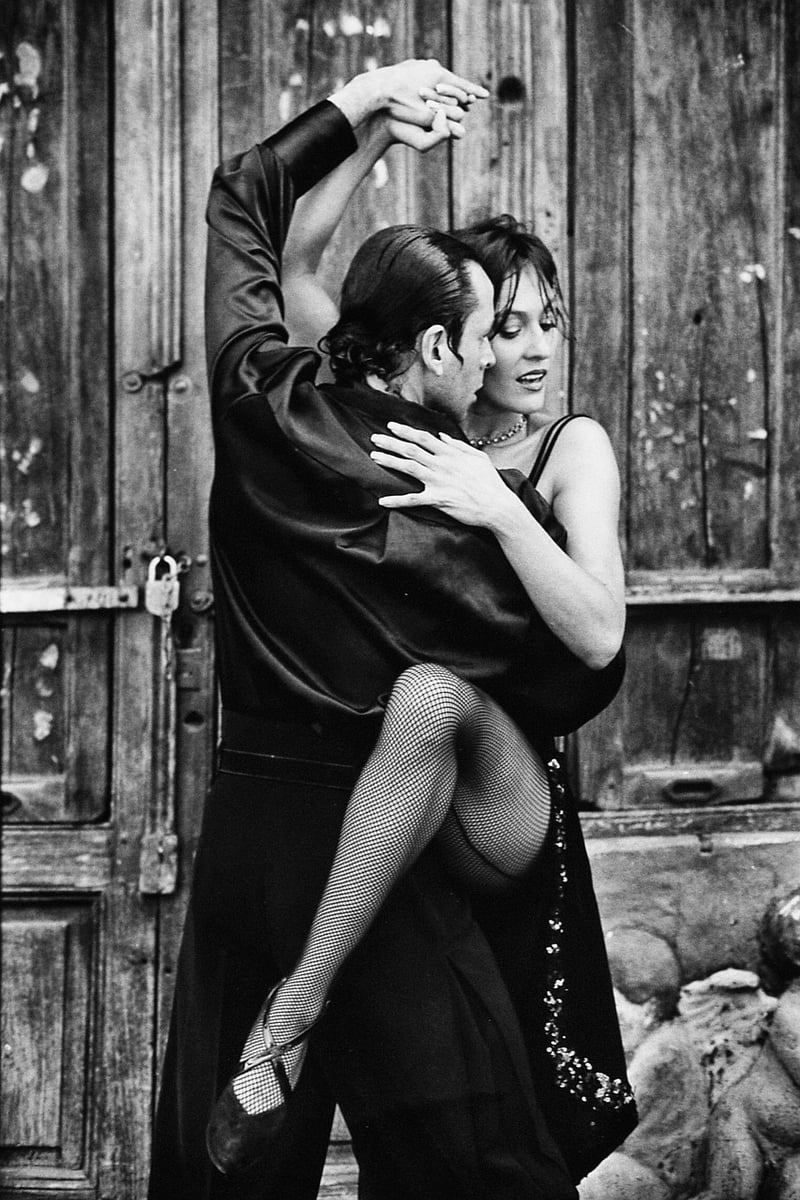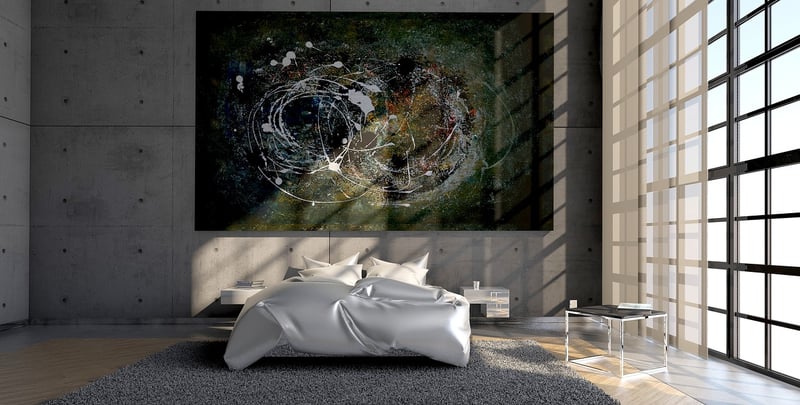Contemporary
Exploring Expressive Movement Forms in Contemporary Dance
Contemporary dance is a genre that embraces a variety of styles and techniques, allowing dancers to express themselves through movement in innovative and creative ways. One aspect that adds depth and emotion to contemporary dance is the use of expressive movement forms. These forms go beyond traditional dance steps and incorporate gestures, body language, and dynamics to convey feelings, narratives, and concepts.
The Role of Expressive Movement Forms
Expressive movement forms in contemporary dance serve as a means of communication, enabling dancers to connect with audiences on a deeper level. Through the manipulation of space, time, and energy, dancers can evoke a range of emotions and create powerful visual imagery that resonates with viewers.
Exploring Different Techniques
There are various techniques used in contemporary dance to enhance expressiveness:
- Improvization: Dancers often engage in improvisational exercises to explore unique movements and spontaneous expressions.
- Release Technique: Emphasizing fluidity and letting go of tension, this technique allows for natural and organic movements.
- Contact Improvisation: Partnering techniques that involve touch, weight-sharing, and trust to create interconnected movement dialogues.
- Gesture and Sign Language: Incorporating hand gestures and sign language adds a layer of meaning and symbolism to movements.
Expressive Movement in Performance
When watching a contemporary dance performance that incorporates expressive movement forms, audiences are taken on a journey of exploration and discovery. Dancers use their bodies as instruments to convey a wide range of emotions, from joy and love to sorrow and anger.
Through intricate choreography and compelling storytelling, dancers blur the lines between the physical and emotional realms, creating a captivating experience for spectators.
Conclusion
Expressive movement forms play a vital role in contemporary dance, allowing dancers to push boundaries, challenge conventions, and communicate profound messages through their art. By embracing these forms, dancers can unlock new dimensions of creativity and expression, shaping the future of dance as a dynamic and evolving art form.
Experience the power of expressive movement forms in contemporary dance and witness the beauty of emotions brought to life through movement!

For more information on contemporary dance and expressive movement forms, visit Contemporary Dance Magazine.
